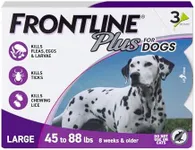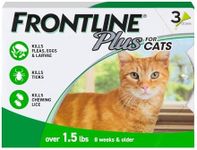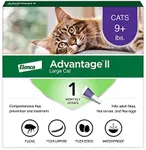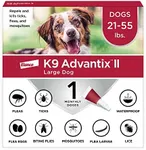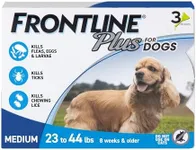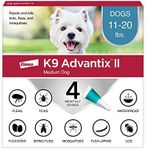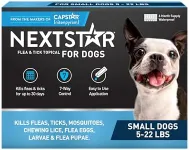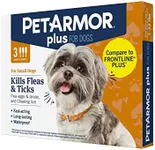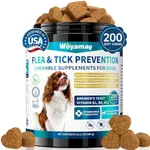Buying Guide for the Best Flea Treatments
Choosing the right flea treatment for your pet is crucial to ensure their health and comfort. Fleas can cause a range of issues from mild irritation to serious health problems. When selecting a flea treatment, it's important to consider various factors such as the type of treatment, the active ingredients, the duration of effectiveness, and the specific needs of your pet. Understanding these key specifications will help you make an informed decision and keep your pet flea-free.Type of TreatmentFlea treatments come in various forms including topical treatments, oral medications, collars, shampoos, and sprays. Topical treatments are applied directly to the pet's skin and are effective for a month. Oral medications are ingested and can provide protection for up to three months. Collars can last for several months and are a good option for continuous protection. Shampoos and sprays offer immediate relief but may need to be used more frequently. Choose the type based on your pet's lifestyle and your convenience.
Active IngredientsThe active ingredients in flea treatments are what kill or repel fleas. Common ingredients include fipronil, imidacloprid, and selamectin. Each ingredient works differently; for example, fipronil disrupts the flea's nervous system, while imidacloprid targets the flea's nerve cells. It's important to know if your pet has any sensitivities or allergies to certain ingredients. Consult your vet to determine which active ingredient is safest and most effective for your pet.
Duration of EffectivenessThe duration of effectiveness refers to how long the flea treatment will protect your pet. Some treatments offer protection for a month, while others can last up to eight months. If you prefer less frequent applications, look for treatments with longer durations. However, if your pet is frequently exposed to fleas, a shorter duration treatment that can be reapplied more often might be more effective.
Pet's Age and WeightFlea treatments are often formulated based on the age and weight of the pet. Puppies and kittens require different treatments than adult pets. Similarly, the dosage for a small dog will differ from that for a large dog. Always check the product label to ensure it is appropriate for your pet's age and weight. Using the wrong dosage can be ineffective or even harmful.
Ease of ApplicationConsider how easy the flea treatment is to apply. Some pets may not tolerate certain types of treatments well. For example, if your pet dislikes baths, a flea shampoo might not be the best option. If your pet is difficult to handle, a quick and easy-to-apply topical treatment or an oral medication might be more suitable. Choose a treatment that you can administer without causing stress to your pet.
Additional BenefitsSome flea treatments offer additional benefits such as protection against ticks, lice, and other parasites. If your pet is at risk for multiple types of parasites, a multi-purpose treatment can be more convenient and cost-effective. Check the product label to see what other pests the treatment protects against and choose one that meets all your pet's needs.

